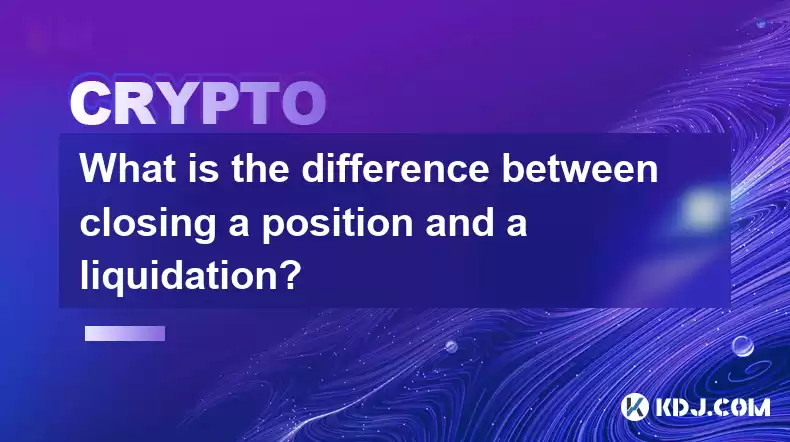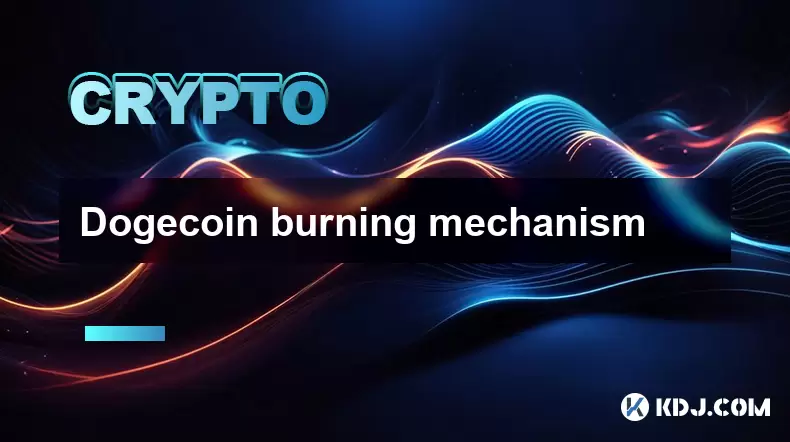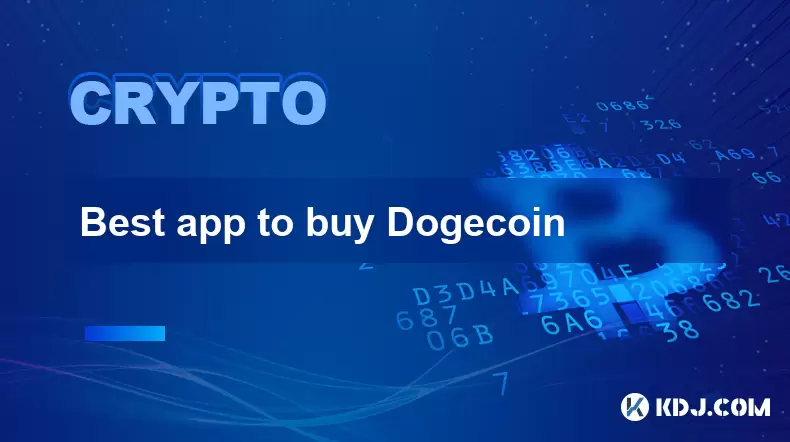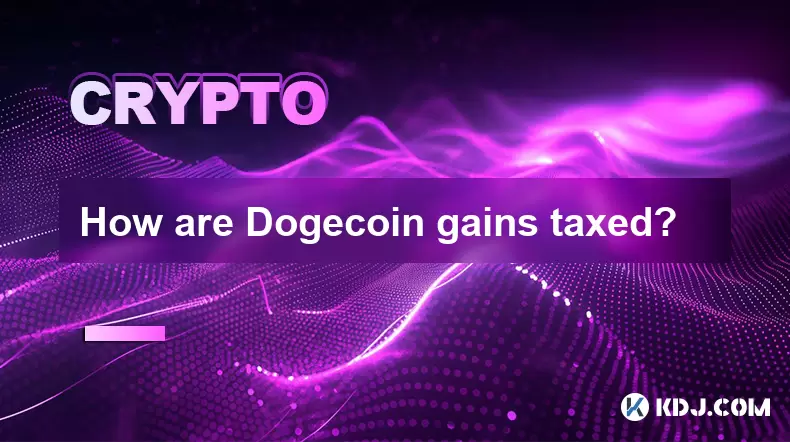-
 Bitcoin
Bitcoin $117900
0.31% -
 Ethereum
Ethereum $3766
0.28% -
 XRP
XRP $3.176
-0.31% -
 Tether USDt
Tether USDt $1.000
0.00% -
 BNB
BNB $795.6
1.51% -
 Solana
Solana $186.8
-1.09% -
 USDC
USDC $0.9999
-0.01% -
 Dogecoin
Dogecoin $0.2353
-1.33% -
 TRON
TRON $0.3226
1.49% -
 Cardano
Cardano $0.8172
-1.08% -
 Sui
Sui $4.178
3.06% -
 Hyperliquid
Hyperliquid $43.05
-3.39% -
 Stellar
Stellar $0.4367
-0.57% -
 Chainlink
Chainlink $18.62
1.47% -
 Hedera
Hedera $0.2828
6.63% -
 Bitcoin Cash
Bitcoin Cash $584.7
5.65% -
 Avalanche
Avalanche $24.81
2.53% -
 Litecoin
Litecoin $112.8
-0.88% -
 UNUS SED LEO
UNUS SED LEO $8.975
-0.08% -
 Shiba Inu
Shiba Inu $0.00001395
-1.07% -
 Toncoin
Toncoin $3.285
-1.05% -
 Ethena USDe
Ethena USDe $1.001
0.01% -
 Polkadot
Polkadot $4.123
0.76% -
 Uniswap
Uniswap $10.49
-0.18% -
 Monero
Monero $326.5
0.14% -
 Dai
Dai $0.9999
-0.02% -
 Bitget Token
Bitget Token $4.576
0.34% -
 Pepe
Pepe $0.00001247
-1.55% -
 Cronos
Cronos $0.1400
3.77% -
 Aave
Aave $295.1
-0.73%
What is the difference between closing a position and a liquidation?
Closing a position is a trader's voluntary exit, while liquidation is an involuntary, forced closure due to insufficient margin, often resulting in substantial losses.
Feb 28, 2025 at 09:06 am

What is the difference between closing a position and a liquidation?
Key Points:
- Closing a position: A voluntary action initiated by the trader to exit a trade at their chosen price or time, resulting in a profit or loss depending on market movement. It involves fulfilling the contract terms as agreed upon and settling the position with the exchange. The trader retains full control over the timing and price of exit.
- Liquidation: An involuntary and forced closure of a position by an exchange or lender due to the trader's account reaching a critical margin level. This typically occurs when a leveraged trade moves against the trader's position, resulting in significant losses that exceed their available margin. The exchange automatically sells the assets to cover the losses, often at unfavorable prices, potentially leading to substantial losses for the trader. The trader has no control over the timing or price of liquidation.
- Margin Requirements: The crucial factor differentiating closing and liquidation lies in margin requirements. Maintaining sufficient margin is vital to avoid liquidation. Margin is the collateral a trader provides to secure a leveraged position. Insufficient margin triggers a margin call, which, if left unaddressed, results in liquidation.
- Profit/Loss Implications: While both actions result in a profit or loss, closing a position allows the trader to manage their risk and potentially minimize losses. Liquidation, on the other hand, often leads to significant losses as the assets are sold at potentially unfavorable market prices without the trader's intervention.
Closing a Position: A Trader's Choice
Closing a position is a fundamental aspect of trading cryptocurrencies, representing the deliberate act of exiting a trade. It's a voluntary process entirely under the trader's control. The decision to close a position is driven by various factors, including:
- Profit-taking: Traders might close a position when the price of the asset has appreciated to their target level, securing the profit they aimed for. This involves carefully monitoring market conditions and identifying opportune moments to exit the trade before potential price reversals erode profits. Successful profit-taking requires a well-defined trading strategy and disciplined execution. This strategy often involves setting take-profit orders, which automatically close the position when the asset reaches a predetermined price. It is also common to take partial profits, selling a portion of the position at a profit while maintaining exposure to potential further gains. This risk management technique allows traders to lock in profits while leaving some capital in the trade to capture potential upside.
- Loss-cutting: Conversely, traders might close a position to limit losses when the price of the asset moves against their prediction. This involves accepting a loss to prevent further damage to their capital. Loss-cutting is a critical risk management technique, as holding onto a losing position in the hope of a price reversal can lead to substantial losses. Traders often employ stop-loss orders, which automatically close the position when the asset reaches a predetermined price, preventing larger losses. The placement of stop-loss orders is crucial, as they need to be placed at a level that balances risk management with the potential for price fluctuations. A stop-loss order that is too tight can be triggered by normal market volatility, while a stop-loss order that is too wide may not adequately protect the trader from significant losses.
- Market Sentiment: Changes in market sentiment can also trigger a decision to close a position. For example, if a trader anticipates a significant market correction or a shift in market dynamics, they might choose to close their position to avoid potential losses. This involves analyzing market trends, news events, and other factors that could impact the price of the asset. Fundamental analysis and technical analysis are commonly used tools to assess market sentiment and inform trading decisions. Fundamental analysis involves examining the underlying factors that affect the value of an asset, while technical analysis focuses on chart patterns and indicators to predict future price movements.
- Time Horizon: The trader's time horizon also plays a significant role in deciding when to close a position. Short-term traders might close positions frequently, while long-term investors might hold positions for extended periods. This involves aligning trading strategies with individual investment goals and risk tolerance. Short-term trading strategies often involve taking advantage of short-term price fluctuations, while long-term investment strategies focus on the long-term growth potential of an asset. Time horizon also influences risk tolerance. Short-term traders might have a higher risk tolerance due to the shorter time frame, while long-term investors might prefer a lower risk tolerance to protect their capital over the longer term.
Closing a position is a straightforward process, typically involving a simple click of a button on the trading platform. The exchange then executes the trade, settling the position and reflecting the profit or loss in the trader's account. The trader maintains full control throughout the process, choosing the timing and price at which to exit the trade. This contrasts sharply with liquidation, which is an involuntary process with potentially devastating consequences.
Liquidation: A Forced Closure
Liquidation is the involuntary and forced closure of a leveraged position by an exchange or lender. Unlike closing a position, which is a voluntary act initiated by the trader, liquidation is triggered by a critical event: the trader's account reaching an insufficient margin level. This occurs when the value of the trader's position falls significantly below the required margin, leading to a margin call.
- Margin Calls and the Domino Effect: A margin call is a warning from the exchange or lender indicating that the trader's margin is insufficient to support their leveraged position. The exchange typically provides a grace period to deposit additional funds to bring the margin back to the required level. Failure to meet the margin call within the stipulated timeframe results in liquidation. This process often happens rapidly, especially during volatile market conditions. The speed of liquidation can be surprising to many traders, as it can occur within minutes of the initial margin call. The cascading effect of a margin call and subsequent liquidation can be devastating to a trader’s portfolio.
- The Mechanics of Liquidation: The liquidation process is automated, with the exchange selling the trader's assets to cover the losses incurred on the leveraged position. The assets are sold at the prevailing market price, which may be significantly unfavorable if the market is moving against the trader's position. This often results in significantly larger losses than the trader anticipated. The exchange does not negotiate the price; the market dictates the price at which the assets are liquidated. This can lead to losses exceeding the initial investment, a scenario known as a margin call wipeout. This means the trader loses all their initial investment and potentially incurs further debt.
- Impact of Leverage: Leverage amplifies both profits and losses. While leverage can increase potential profits, it also significantly increases the risk of liquidation. A small adverse price movement can lead to a significant margin shortfall, triggering a margin call and ultimately, liquidation. Understanding the risks associated with leverage is crucial for responsible cryptocurrency trading. Traders should carefully assess their risk tolerance and only use leverage that they are comfortable with. This requires a deep understanding of the market, the specific asset being traded, and the trader's own risk profile.
Prevention Strategies: Avoiding liquidation requires proactive risk management strategies. These include:
- Careful Position Sizing: Never over-leverage your account. Start with small positions and gradually increase the size as you gain experience and confidence.
- Using Stop-Loss Orders: Setting stop-loss orders to automatically close a position when it reaches a predetermined price can limit losses and prevent liquidation. Careful placement of stop-loss orders is critical, as they need to be placed at a level that balances risk management with the potential for price fluctuations.
- Monitoring Margin Levels: Regularly monitoring margin levels is crucial to prevent unexpected liquidation. Traders should set up alerts to notify them of potential margin issues.
- Understanding Market Volatility: Being aware of market volatility is crucial for managing risk and avoiding liquidation. Volatile markets can lead to rapid price swings that trigger margin calls.
- Diversification: Spreading investments across different assets can reduce the risk of significant losses from any single asset. This risk management technique can help mitigate the impact of adverse price movements.
Liquidation is a harsh reality of leveraged trading. While closing a position allows for controlled exit strategies, liquidation forces an exit at a potentially catastrophic time and price, leaving the trader with little to no control over the outcome. The key difference lies in the trader's control; one is a calculated move, the other an unavoidable consequence of insufficient risk management.
FAQs
Q: What happens to my assets after liquidation?
A: After liquidation, the exchange sells your assets at the prevailing market price to cover your losses. Any remaining assets after covering the debt are returned to your account. If the losses exceed the value of your assets, you may have a negative balance in your account.
Q: Can I prevent liquidation?
A: Yes, you can significantly reduce the risk of liquidation by carefully managing your leverage, setting appropriate stop-loss orders, monitoring your margin levels regularly, and diversifying your portfolio. Understanding market volatility and responding accordingly is also critical.
Q: What is the difference between a margin call and liquidation?
A: A margin call is a warning that your margin is insufficient. It gives you a chance to add funds to your account to meet the margin requirements. Liquidation is the forced closure of your position if you fail to meet the margin call within the given timeframe.
Q: Is liquidation always a bad thing?
A: While liquidation usually results in significant losses, it prevents further losses that could have occurred if the position had been left open. It's a mechanism to protect the exchange and lender from excessive risk.
Q: How can I choose the right leverage for my trades?
A: Choosing the right leverage depends on your risk tolerance, trading strategy, and market conditions. Start with lower leverage to gain experience and gradually increase it as you become more comfortable. Always consider the potential for losses before using leverage.
Q: What are the typical fees associated with liquidation?
A: Liquidation fees vary depending on the exchange. These fees typically cover the exchange's costs for selling your assets. It's important to review your exchange's fee schedule to understand these costs. These fees can significantly add to the overall losses experienced during a liquidation event. It is vital to factor in these potential fees when evaluating the risks of leverage.
Q: Can I appeal a liquidation?
A: Appealing a liquidation is typically difficult. Liquidation is usually an automated process triggered by predetermined parameters. However, you might be able to contact your exchange's customer support to inquire about the specifics of your liquidation, though successful appeals are rare. Preventing liquidation through proper risk management is far more effective than attempting to reverse it after the fact.
Q: How do I know my margin level?
A: Most cryptocurrency exchanges provide real-time information on your margin level on your trading dashboard. You can also typically set up alerts to notify you when your margin level falls below a certain threshold. Regularly checking your margin level is crucial for preventing unexpected liquidations. Proactive monitoring allows for timely action to avoid a margin call and subsequent liquidation. This proactive approach significantly improves the chances of avoiding potentially catastrophic financial consequences.
Disclaimer:info@kdj.com
The information provided is not trading advice. kdj.com does not assume any responsibility for any investments made based on the information provided in this article. Cryptocurrencies are highly volatile and it is highly recommended that you invest with caution after thorough research!
If you believe that the content used on this website infringes your copyright, please contact us immediately (info@kdj.com) and we will delete it promptly.
- Bitcoin, Ruvi AI, and CoinMarketCap: Navigating the Future of Crypto
- 2025-07-28 02:30:12
- Dogwifhat (WIF) Eyes Bullish Breakout: Can It Breach $1.20?
- 2025-07-28 02:50:12
- Bitcoin Bounces: How the US-China Tariff Truce Impacts Crypto
- 2025-07-28 02:50:12
- Bitcoin Bull Market: Price Targets and Expert Takes
- 2025-07-28 02:30:12
- Cardano Price Rockets: ADA Jumps Past Resistance, $2 Target in Sight?
- 2025-07-28 01:30:14
- Ruvi AI: The Next Solana? Riding the AI Token Wave on CoinMarketCap
- 2025-07-28 00:50:16
Related knowledge

Bitcoincoin burning mechanism
Jul 20,2025 at 09:21pm
What is the Dogecoin burning mechanism?The Dogecoin burning mechanism refers to the process of permanently removing DOGE tokens from circulation by se...

How to earn free Bitcoincoin?
Jul 19,2025 at 10:08pm
What is Dogecoin and Why Earn It?Dogecoin (DOGE) started as a meme-based cryptocurrency in 2013 but has grown into a widely recognized digital asset. ...

Is Coinbase a good wallet for Bitcoincoin?
Jul 19,2025 at 04:42pm
Understanding Coinbase as a Wallet Option for DogecoinWhen considering where to store Dogecoin, Coinbase is often mentioned as a potential option due ...

How to buy Bitcoincoin with PayPal?
Jul 23,2025 at 06:57am
Understanding the Basics of Buying DogecoinBefore diving into the process of buying Dogecoin with PayPal, it’s essential to understand what Dogecoin i...

Best app to buy Dogecoin
Jul 23,2025 at 03:08pm
What Is a Cryptocurrency Exchange and How Does It Work?A cryptocurrency exchange is a digital marketplace where users can buy, sell, or trade cryptocu...

How are Dogecoin gains taxed?
Jul 25,2025 at 07:01am
Understanding the Taxation of Dogecoin GainsWhen it comes to Dogecoin (DOGE), many investors are drawn to its meme-inspired branding and volatile pric...

Bitcoincoin burning mechanism
Jul 20,2025 at 09:21pm
What is the Dogecoin burning mechanism?The Dogecoin burning mechanism refers to the process of permanently removing DOGE tokens from circulation by se...

How to earn free Bitcoincoin?
Jul 19,2025 at 10:08pm
What is Dogecoin and Why Earn It?Dogecoin (DOGE) started as a meme-based cryptocurrency in 2013 but has grown into a widely recognized digital asset. ...

Is Coinbase a good wallet for Bitcoincoin?
Jul 19,2025 at 04:42pm
Understanding Coinbase as a Wallet Option for DogecoinWhen considering where to store Dogecoin, Coinbase is often mentioned as a potential option due ...

How to buy Bitcoincoin with PayPal?
Jul 23,2025 at 06:57am
Understanding the Basics of Buying DogecoinBefore diving into the process of buying Dogecoin with PayPal, it’s essential to understand what Dogecoin i...

Best app to buy Dogecoin
Jul 23,2025 at 03:08pm
What Is a Cryptocurrency Exchange and How Does It Work?A cryptocurrency exchange is a digital marketplace where users can buy, sell, or trade cryptocu...

How are Dogecoin gains taxed?
Jul 25,2025 at 07:01am
Understanding the Taxation of Dogecoin GainsWhen it comes to Dogecoin (DOGE), many investors are drawn to its meme-inspired branding and volatile pric...
See all articles

























































































